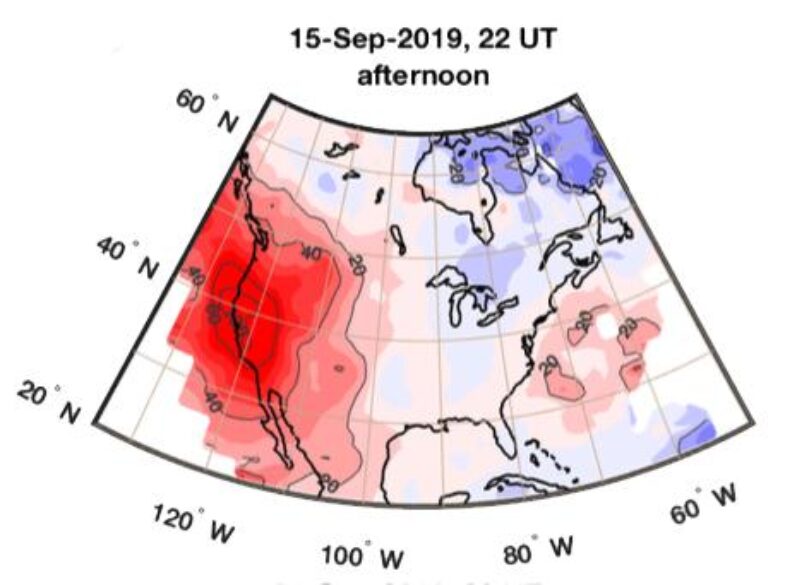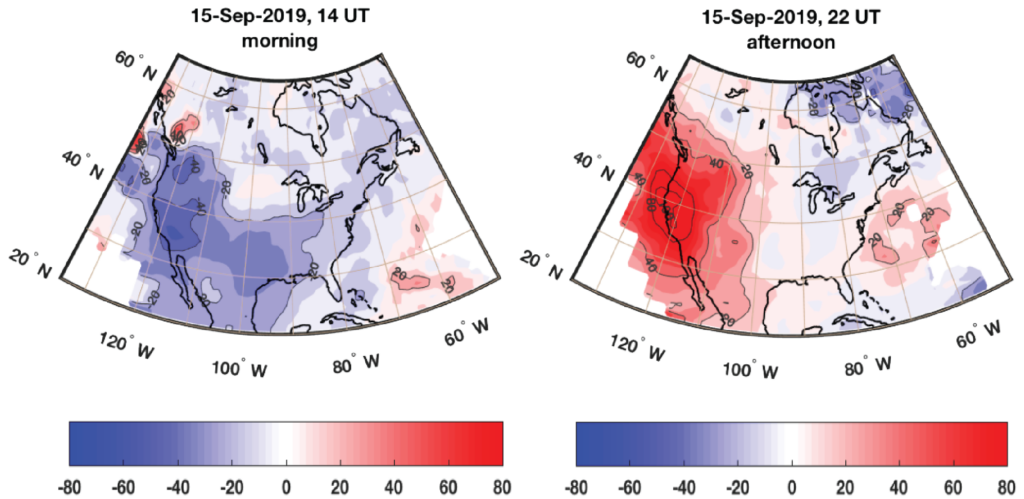
How a sudden stratospheric warming affected the Northern Hemisphere
Weather is a tricky science — even more so at very high altitudes, with a mix of plasma and neutral particles.
In sudden stratospheric warmings (SSWs) — large meteorological disturbances related to the polar vortex in which the polar stratosphere temperature increases as it is affected by the winds around the pole — the polar vortex is weakened. SSWs also have profound atmospheric effects at great distances, causing changes in the hemisphere opposite from the location of the original SSW — changes that extend all the way to the upper thermosphere and ionosphere.
A study published on July 16 in Geophysical Research Letters by MIT Haystack Observatory’s Larisa Goncharenko and colleagues examines the effects of a recent major Antarctic SSW on the Northern Hemisphere by studying changes observed in the upper atmosphere over North America and Europe.
For more, please see the full story at MIT News, as well as the study in Geophysical Research Letters (Goncharenko et al., 2021).
